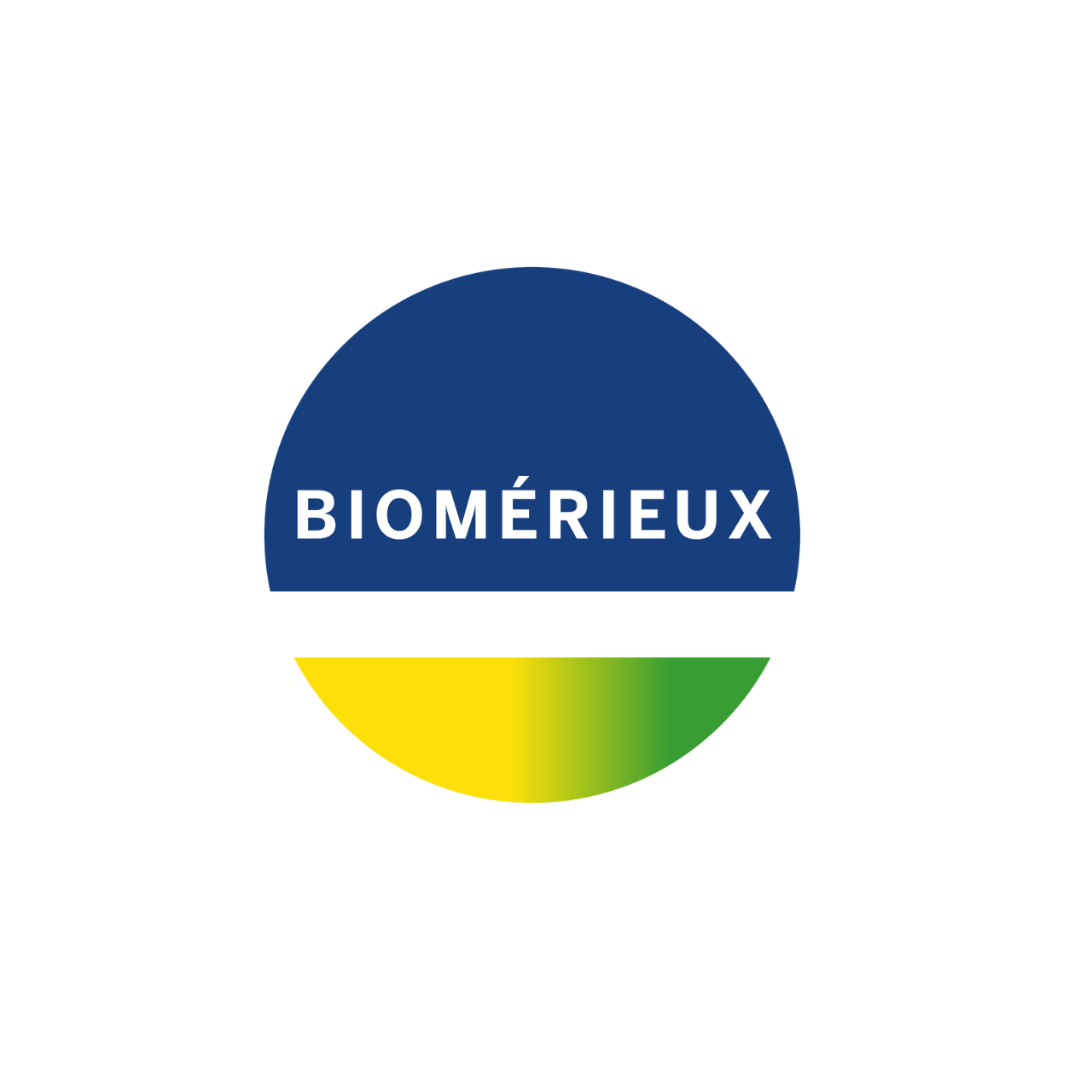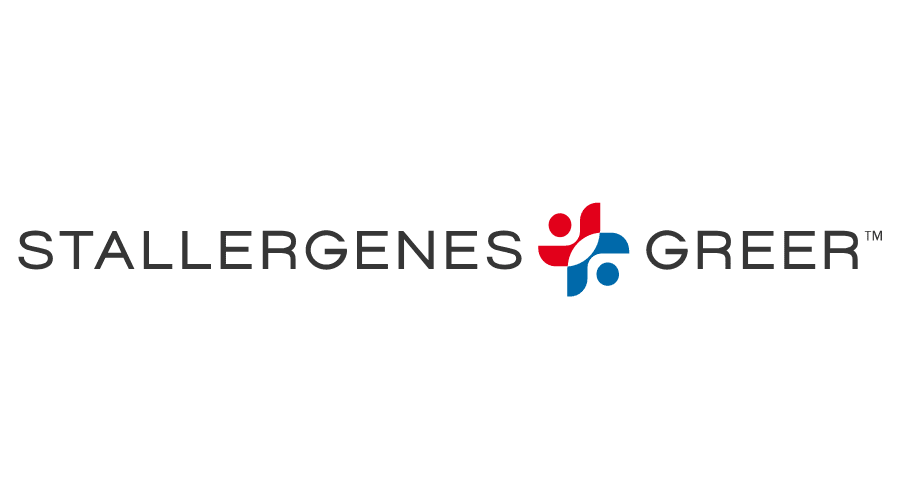Sectoral expertise
Chemicals and pharmaceuticals
For a long time, the pharmaceutical and chemical industry evolved in a relatively stable and segmented environment. Recently, however, the variability of the pharmaceutical sector has increased, and its players are moving towards greater agility and an understanding of End-to-End flows.

The challenges facing the sector
The value chain must respond to the challenge of an ever-increasing number of disruptions
- Markets are becoming increasingly global, with distortions in selling prices between different countries.
- The production of medicines is becoming increasingly complex.
- Tightening regulatory constraints around the world.
Globalisation of production capacity: a key component to manage
- For many years, the pharmaceutical industry was highly concentrated in the most industrialised regions (USA, Europe, Japan), benefiting from a favourable research environment with public and private institutions. But today, this industry is no longer the sole preserve of rich countries, and production units are gradually being relocated.
- China, India, Brazil and even Mexico have started to produce medicines, initially through the establishment of Western multinationals, but also by developing their own research capacities.
Dichotomy between mature and emerging markets
- Although mature regions still account for most of the global drug consumption, they are characterised by increasing pressure on margins, low-growth markets and the gradual concentration of customers (central purchasing units, logistics, etc.).
- Emerging regions are experiencing strong growth in markets and demand, with regulatory constraints requiring the establishment of joint ventures or local production, and the implementation of new distribution methods.
Pharmaceutical distribution at the service of product availability
Logistics and distribution players are therefore in the front line when it comes to meeting the sector's specific expectations in terms of:
- Costs: integrating price inflation depending on the market, while remaining competitive
- Lead times: guaranteeing the rapid or even urgent availability of sometimes vital products, by deploying appropriate logistics resources, while controlling the risk of obsolescence
- Quality of service: respecting the transport and storage conditions inherent in the products distributed (medicines, vaccines, etc.)
Your challenges and our solutions
Addressing environmental issues
Improve the end-to-end environmental footprint
- Reduce CO2 emissions throughout the value chain (carbon footprint, etc.): factories, suppliers and transport
- Other environmental impacts (use of water, energy, packaging, etc.)
- Implementation of the concept of circularity in the value chain
Decarbonise pharmaceutical transport
- Optimise transport flows (distances travelled, choice of modes, frequency of delivery, etc.) to control both environmental and financial costs
- Choose alternative means of transport
- Optimise loading rates (eco-packaging or re-packaging to reduce packaging volumes, supplier pooling to encourage lorry loading, etc.)
- Certify your distribution network with eco-responsible partners
As an ADEME-certified service provider since 2022, Citwell can support you in implementing the FRET 21® approach, which is aimed at carriers and aims to reduce the carbon footprint of the distribution network.
Re-industrialise successfully
With a great deal of experience behind us, we know how to support you in the reindustrialisation of your production:
- Adapt or build a production line and ensure its qualification.
- Enable a steady increase in output
- Ensure that the entire value chain (from suppliers to customers) adapts its processes in a coordinated manner.
- The challenges to be addressed are therefore to be found in factories, at suppliers’ sites and throughout the supply chain.
Segment your offer: Customers/Products/Distribution
The trend is to differentiate by moving from a product offering to a service offering:
- Adapt the offering to customer segments based on their profiles and behaviours and offer differentiated levels of service (ordering methods (web, etc.), order tracking, product information, alerts in the event of unforeseen events, single-batch, delivery frequency/schedules, etc.).
- Rationalisation of the product portfolio by type of market (mature/emerging) and customer (hospitals, pharmacies, etc.).
- Definition of the distribution strategy with the service offering (direct or indirect distribution, in-house or outsourced) to find the optimum balance between distribution costs and customer proximity.
Demand and supply planning
- Statistical forecasts
- Collaborative sales with markets and partners
- Differentiated management by product life cycle
- Vendor Managed Inventory (VMI) implementation
- End To End Planning implementation (incl. with CMO)
Digitalise
Many resources and tools are available to ensure the transition to digital:
- Product traceability throughout the supply chain, with digital applications such as the IoT, which can be used to retrieve production data, as well as real-time tracking solutions during transport.
- Patient safety, business protection and corporate image are all enhanced by the implementation of a serialisation system, which ensures the uniqueness and authenticity of the product.
- Leverage Artificial Intelligence solutions such as machine learning to better capture/improve demand signals (big data, demand sensing, etc.).
- Industry 4.0 is already offering innovative solutions to improve responsiveness, productivity and competitiveness, such as cobotics to reduce operator fatigue, and modular factories to make production more flexible.
Among our references

Operational excellence

Logistics network design

Logistics network design

Supply Chain transformation


Use Case


Sanofi Pasteur – Supply Chain Diagnosis
Our involvement
Supply Chain Diagnosis:
- Interviews with 80 site stakeholders and members of the leadership team
- Facilitation of workshops to validate the existing situation (As Is)
- Assessment of the site’s Supply Chain maturity through the construction of an adapted self-assessment tool
- Macro-definition of the projects to be carried ou
Co-construction of the target:
- Facilitation of target design workshops (To Be)
- Set up a roadmap to achieve the target
Support during the implementation phase:
- Detailed definition of the target for each project and sub-project, in line with Sanofi’s overall strategy
- Support for management and operational teams in implementing actions and managing change (seminars, individual coaching, communication, training, etc.)
- Progressive transition plan from Citwell teams to Sanofi teams
The results
- Set up an evaluation and communication process with suppliers
- Clean up of Master Datas in the information system and definition of target governance
- Establishment of a fixed horizon for planning and scheduling.
- Definition of safety stocks and raw material replenishment methods
- Construction of a RCCP (Rough Cut Capacity Planning) tool and the associated S&OP process
- Reorganisation of autonomous production units and definition of processes to be covered and RACI
- Deployment of supply chain management KPIs
- Construction of a self-assessment tool for the site’s Supply Chain maturity.
- Development of a Supply Chain training offer.

A Project ? Contact us
Pharmaceutical & Chemical Manager
Jean-Pascal has been involved in transformation projects for 20 years, particularly in the distribution and pharmaceutical industries.
He has been involved in all areas of the value chain, from suppliers to customers, and has led improvement and quality management projects, as well as anticipation and crisis management missions.